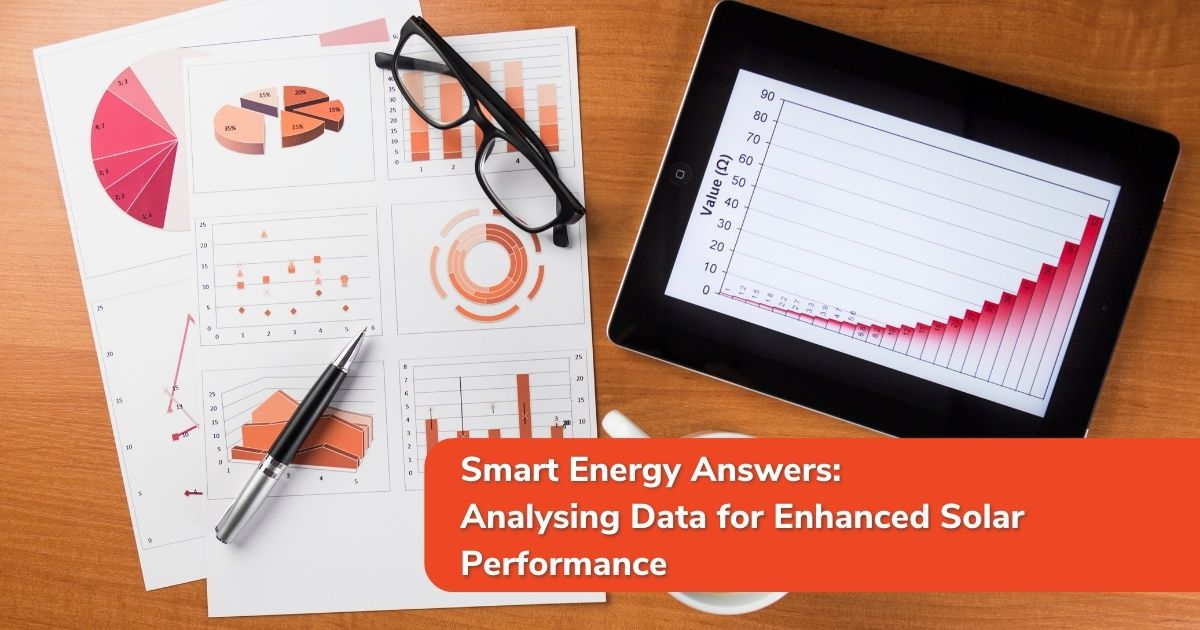Analysing Data for Enhanced Solar Performance

Explore the importance of data analysis in optimising solar panel performance and maximising energy output.
Benefits of Data Analysis in Solar Panel Efficiency
Data analysis plays a crucial role in ensuring the optimal performance of solar panels. By analysing the data generated by solar panel monitoring systems, solar energy system operators can identify patterns, trends, and potential issues that may affect the efficiency of the panels. This proactive approach allows for timely interventions to be made, ultimately leading to improved energy output and cost savings.
Furthermore, data analysis can help in identifying opportunities for system optimisation, such as adjusting panel angles or cleaning panels to maximise sunlight absorption. Overall, the benefits of data analysis in solar panel efficiency are undeniable, making it a key component of any successful solar energy system.
Key Data Metrics to Monitor
When monitoring solar panel performance, there are several key data metrics that should be closely monitored. These metrics include but are not limited to: solar panel output, temperature, sunlight intensity, and system voltage. By tracking these metrics over time, operators can gain valuable insights into the health and efficiency of their solar energy systems.
Additionally, monitoring data metrics such as shading analysis and inverter performance can help in identifying potential issues that may be impacting energy production. By staying on top of these key data metrics, operators can ensure that their solar panels are operating at peak performance levels.
Utilising Machine Learning for Predictive Analysis
Machine learning algorithms can be incredibly valuable in predicting potential issues with solar panels before they occur. By analysing historical data and patterns, machine learning models can forecast when maintenance is needed or when energy output may be compromised. This predictive analysis can help in preventing system failures and minimising downtime, ultimately leading to increased energy production and cost savings.
Furthermore, machine learning can also be used to optimise energy production by adjusting panel angles or tracking sunlight patterns. By harnessing the power of machine learning for predictive analysis, solar energy system operators can take proactive steps to ensure optimal performance of their panels.
Implementing Real-Time Monitoring Systems
Real-time monitoring systems are essential for maintaining the efficiency and performance of solar panels. These systems provide operators with immediate access to critical data metrics, allowing them to quickly identify and address any issues that may arise. By implementing real-time monitoring systems, operators can ensure that their solar panels are operating at peak efficiency at all times.
Additionally, real-time monitoring systems can provide alerts and notifications for any anomalies detected in the data, enabling operators to take swift action to rectify the situation. This proactive approach to monitoring can help in maximising energy output and prolonging the lifespan of solar panels.
Case Studies: Successful Data-Driven Solar Panel Installations
Several case studies have demonstrated the effectiveness of data-driven approaches in optimising solar panel performance. For example, a solar energy company implemented data analysis techniques to identify and rectify shading issues on their panels, resulting in a significant increase in energy output.
Another case study showcased how machine learning algorithms were used to predict maintenance needs for solar panels, leading to reduced downtime and increased energy production. These success stories highlight the importance of data analysis in enhancing solar panel performance and achieving maximum energy efficiency.
%20(1).png?width=265&height=96&name=www.smartenergyanswers.com.auhs-fshubfsSmart%20Energy%20Answers%20Logo%20(HIRES)%20(1).png)

.png?width=514&height=121&name=Tesla%20Powerwall%203%20(new).png)







